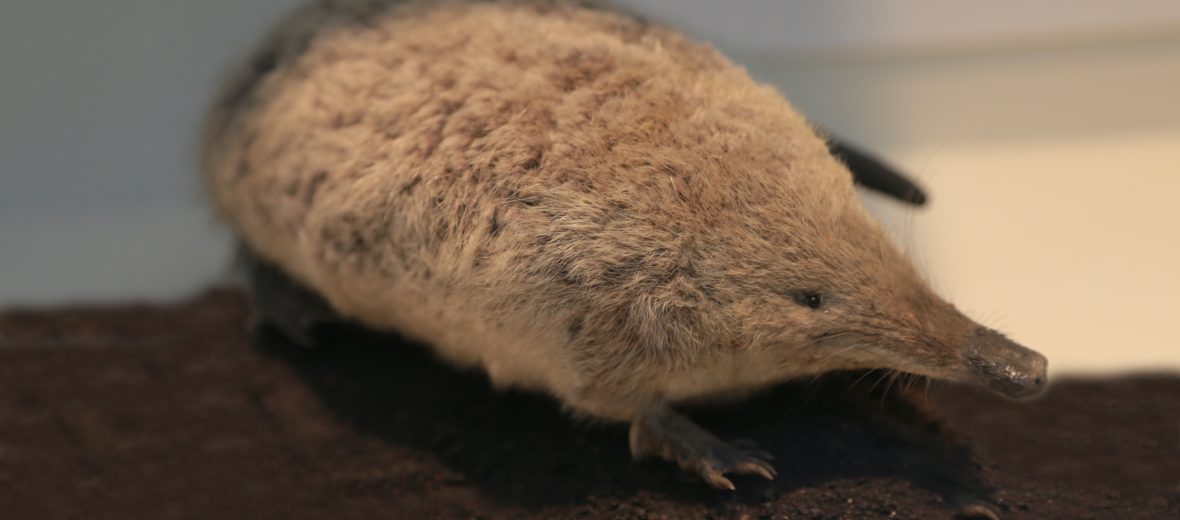
The Russian desman hails from the Don, Ural, and Volga River basins in Kazakhstan, Russia, and Ukraine. They prefer ponds, oxbow lakes, and slower moving streams that are densely populated with bushes, water-marsh vegetation, and trees. Due to habitat loss and destruction at the hands of the timber industry and dam construction; hunting; trapping; collection of terrestrial plants; overfishing; invasive species (and with them disease, predation, and competition for food); pollution; and climate change (resulting in flooding and droughts), these little critters are listed as Endangered by the IUCN. Their numbers are also decreasing.
First the Stats…
Scientific name: Desmana moschata
Weight: Up to 7.76 ounces
Length: Up to 9 inches, plus up to a 7.9 inch tail
Lifespan: Up to 4 years
Now on to the Facts!
1.) These semi-social critters dwell in small groups of up to 5 individuals.
2.) They have a complex and predominantly unstudied system of communication and social organization.
3.) Russian desmans are mostly nocturnal (active at night).
4.) A group of desmans is called a company, labor, or movement.
5.) They may look like rodents, but they are actually more closely related to moles.
But wait, there’s more on the Russian desman!
6.) Desmans groom themselves via scratching with their hind feet and biting. They also bite and wash their nails. Fur grooming is done to maintain a sort of pocket of air within their fur that aids in insulation.
7.) Being omnivores (eat plant and animal matter), these critters consume large quantities of crayfish, insects, mollusks, fish, amphibians, and a large array of plants.
Did you know…?
There are an estimated 13,000 wild individuals remaining, to date.
8.) Breeding season takes place towards the end of spring and autumn.
9.) Females undergo up to a 50 day gestation (pregnancy) that yields up to 5 pups.
10.) Muskrats cause a frequent conflict within the desman’s habitat, as they out compete them for food and can kill their young.
Now a Short Russian Desman Video!
Be sure to share & comment below! Also, check out the Critter Science YouTube channel. Videos added regularly!
Want to suggest a critter for me to write about? Let me know here.
Photo credit: John Cummings



